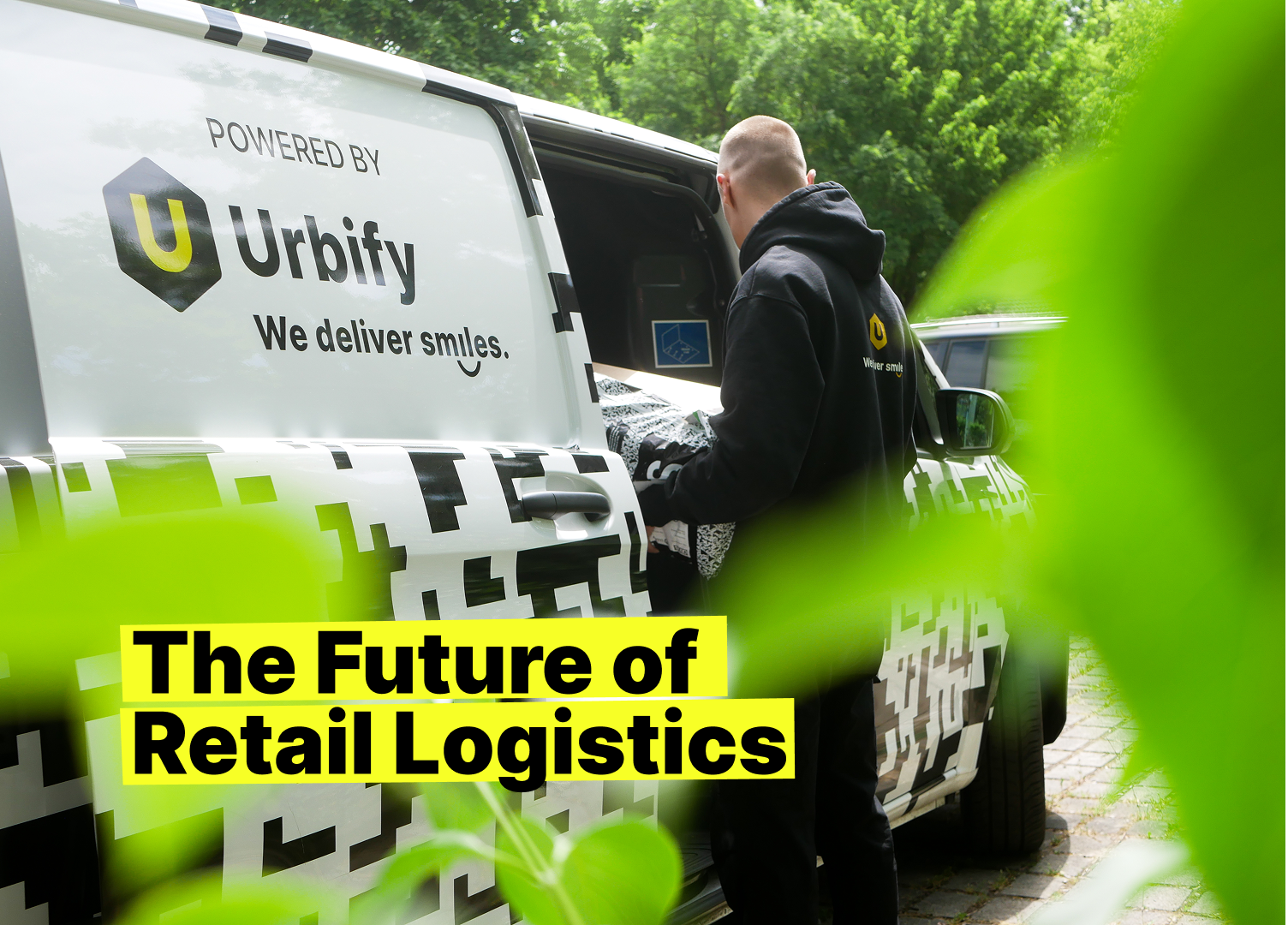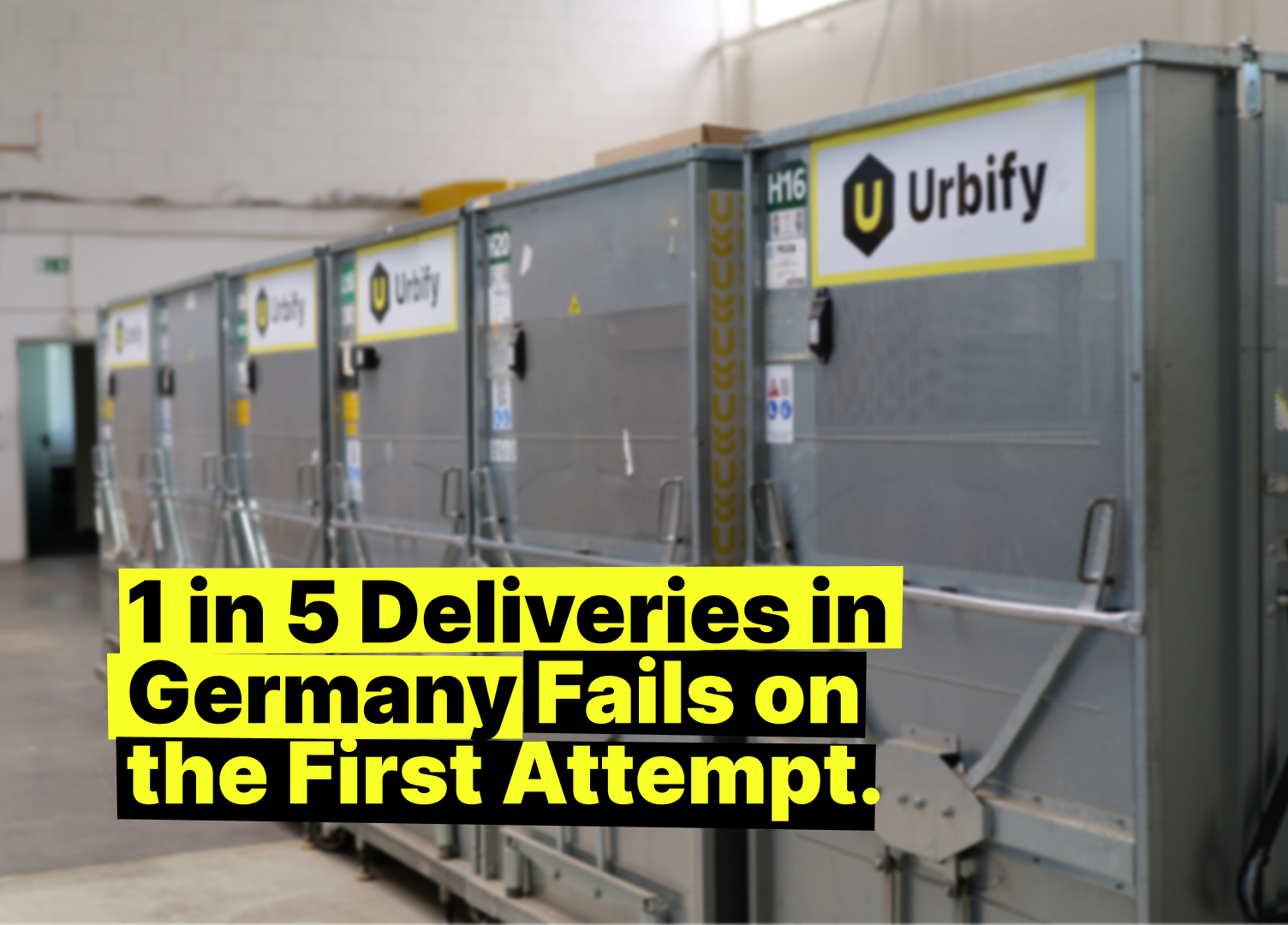In the world of last-mile delivery, time is everything. Customers expect fast, accurate deliveries. Retailers want transparency and reliability. The environment demands fewer vehicles on the road and lower emissions.
But traditional logistics methods are falling behind. Legacy route planning tools and manual scheduling approaches still dominate large parts of the industry. These systems struggle to keep up with real-time variables like traffic patterns, delivery density, or changing customer availability.
At Urbify, we believe a better delivery experience begins with a better route. That’s why AI-powered route optimization plays a central role in how we operate. It’s not just about finding the fastest way from A to B. It’s about building a smarter, more efficient delivery network that benefits customers, drivers, retailers, and the planet.
Let’s take a closer look at how AI route optimization works at Urbify and why it matters.
The Problem With Traditional Route Planning
To understand the value of AI in logistics, it helps to look at how route planning has traditionally been done.
Many courier services rely on static routing. Routes are assigned manually or through outdated software that follows rigid patterns. These methods often ignore key variables such as:
- Live traffic conditions
- Real-time delivery changes or cancellations
- Vehicle capacity and load distribution
- Local access restrictions (pedestrian zones, timed entries, etc.)
As a result, drivers end up taking longer routes, doubling back across neighborhoods, or operating with vehicles that are underutilized. These inefficiencies don’t just waste time. They waste fuel, reduce the number of parcels delivered per shift, and increase the company’s carbon footprint.
This old model has serious consequences:
- More vehicles needed to complete daily deliveries
- More congestion on urban roads
- More emissions from longer tours and idling in traffic
- Higher operational costs passed on to retailers and customers
These problems only grow as delivery volumes increase. Without intelligent routing, scaling operations often means scaling inefficiencies, too.
The Urbify Approach: AI That Learns and Optimizes
Urbify takes a different approach. We’ve invested in AI-based route optimization technology that continuously learns, adapts, and improves. Instead of assigning routes based on fixed zones or general assumptions, we build each tour dynamically, based on real-world data and live conditions.
Here’s what our system considers before assigning any route:
- Number of parcels per driver
- Traffic congestion and road closures
- Customer time preferences or availability
- Driver location and proximity to next stops
- Delivery type (e.g. standard, cold chain, signature required)
- Vehicle type and capacity
This process allows us to generate highly efficient delivery routes that minimize both distance and idle time. Drivers spend less time stuck in traffic or zigzagging through inefficient routes. Vehicles carry optimized loads, which reduces the number of total trips required.
Less Time on the Road Means Fewer Emissions
One of the biggest sustainability benefits of AI route optimization is the reduction in time spent on the road.
Every unnecessary minute a delivery vehicle spends idling, detouring, or driving inefficient routes contributes to carbon emissions. By planning smarter tours, Urbify ensures that:
- Routes are shorter and more direct
- Drivers make fewer stops with clearer sequencing
- Deliveries are completed in tighter time frames
This doesn’t just help our drivers work more effectively. It helps reduce the overall number of kilometers driven across our network every day. The result is a smaller carbon footprint per parcel and less pollution in the cities we serve.
Fewer Vehicles, More Deliveries
Another major impact of AI optimization is vehicle efficiency. By balancing delivery loads and optimizing stops, we’re able to deliver more parcels per vehicle without adding more vans or bikes to the street.
Here’s what that looks like in practice:
- A driver who might previously complete 20 stops in a day can now complete 40 or more
- Vehicles operate closer to full capacity, so fewer are needed for the same volume
- Fewer vehicles on the road reduces congestion and emissions for everyone
This has a clear environmental benefit, but it also improves our service reliability. Customers get their parcels on time more consistently. Retailers enjoy fewer missed handovers and support tickets. Drivers benefit from more predictable, manageable shifts.
Everyone wins when deliveries are optimized from the ground up.
Real-Time Adjustments = Less Waste
Traditional routing doesn’t adjust well to unexpected changes. If a customer cancels or changes their delivery slot, if a driver runs into a roadblock, or if a vehicle breaks down, the entire route can fall apart.
Our AI system continuously monitors live conditions and adjusts routes in real time. This means:
- If a delivery is canceled, the system reassigns the load
- If a driver is delayed, the system reroutes other stops to stay on track
- If traffic builds in one area, alternative roads are suggested
This real-time flexibility ensures that we don’t waste fuel, time, or manpower on inefficient decisions. It helps keep our operations agile and responsive—even during high-volume periods like holidays or sales seasons.
Better Routing Helps Scale Sustainably
One of the biggest challenges in modern logistics is scaling without increasing environmental harm. More orders usually mean more vehicles, more trips, and more emissions.
But Urbify’s AI-powered routing system helps us grow in a smarter way. As volume increases, our system finds new efficiencies:
- Denser route clusters
- Consolidated delivery points
- Load balancing across available vehicles
- Optimal driver shifts and assignments
This lets us scale while keeping our carbon impact as low as possible. We don’t need to double our fleet to double our deliveries. We just need to keep improving how we plan and execute.
Why It Matters for the Planet
Sustainability isn’t just a checkbox for us. It’s built into how we operate. Urban delivery networks contribute significantly to greenhouse gas emissions, especially when driven by outdated logistics models.
By using AI to make smarter routing decisions, Urbify helps:
- Cut down CO₂ emissions across every tour
- Limit traffic congestion in busy cities
- Reduce fuel consumption and vehicle wear
- Support cleaner, quieter urban environments
And we don’t stop there. AI optimization also lays the foundation for further green innovations, like better integration with electric vehicles and more efficient use of microhubs.
A Smarter Route to Sustainability
Sustainability in logistics doesn’t always require big, dramatic changes. Sometimes it’s about asking better questions.
How can we make every trip count?
How can we move more with less?
How can we serve customers without compromising the environment?
At Urbify, the answer starts with AI-powered route optimization. By reducing time on the road, maximizing the number of deliveries per vehicle, and avoiding wasteful detours, we’re building a logistics system that’s faster, cleaner, and more responsible.
For our retail partners, this means dependable deliveries and a lower environmental impact. For customers, it means better service without the guilt. And for our cities, it means fewer emissions, less traffic, and more space to breathe.
📩 Want to learn more about how Urbify makes smarter, greener deliveries possible? Contact us and let’s build the future of logistics together.











